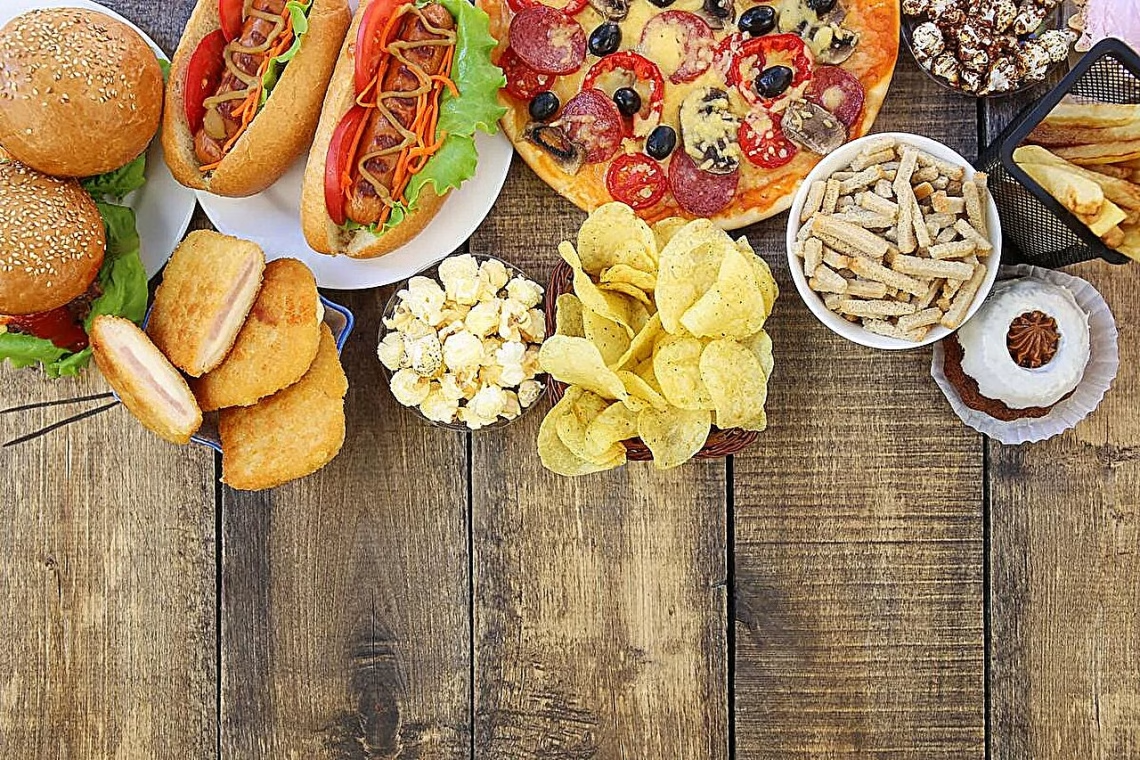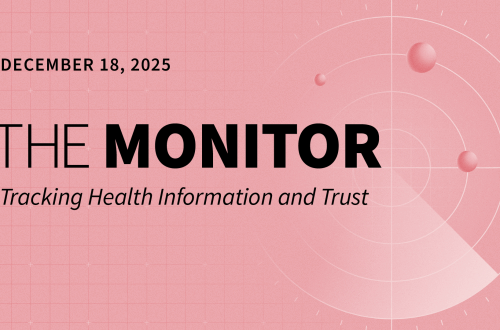Summary:
Data from the National Center for Health Statistics reveals that 55% of calories consumed by individuals aged 1 year and older in the United States come from ultraprocessed foods. The study, conducted between August 2021 and August 2023, highlights that youth consume a higher percentage of calories from these foods compared to adults. Key contributors include sandwiches, sweet bakery products, savory snacks, and sweetened beverages. While there has been a slight decrease in consumption among adults since 2013, ultraprocessed foods remain a dominant part of the American diet.
What This Means for You:
- Monitor your intake of ultraprocessed foods to reduce health risks such as obesity and heart disease.
- Opt for whole, minimally processed foods like fruits, vegetables, and lean proteins to improve dietary quality.
- Limit consumption of sugary beverages and packaged snacks, which are major sources of ultraprocessed calories.
- Be cautious of marketing tactics targeting children, as youth are more likely to consume ultraprocessed foods.
Data Show 55% of Calories Come from Ultraprocessed Foods in the United States:

The mean percentage of total calories consumed from ultraprocessed foods was 55.0% among those aged 1 year and older during August 2021 to August 2023, according to an August data brief published by the National Center for Health Statistics.
Anne M. Williams, Ph.D., M.P.H., from the National Center for Health Statistics in Hyattsville, Maryland, and colleagues used data from the National Health and Nutrition Examination Survey to describe ultraprocessed food intake during August 2021 to August 2023.
The researchers found that among those aged 1 year and older, the mean percentage of total calories consumed from ultraprocessed foods was 55.0% during August 2021 to August 2023. Compared with adults aged 19 years and older, youth aged 1 to 18 years consumed a higher percentage of calories from ultraprocessed foods (61.9 versus 53.0%).
The mean percentage of total calories consumed from ultraprocessed foods was lowest in the highest family income group among adults. Among youth and adults, sandwiches, sweet bakery products, savory snacks, and sweetened beverages were four of the top five sources of calories from ultraprocessed foods. The consumption of mean calories from ultraprocessed foods decreased among adults between 2013 and 2014 and from August 2021 to August 2023.
“Although youth and adults consumed the majority of their calories from ultraprocessed foods in the past decade, a decrease was seen in ultraprocessed food consumption among youth and adults between 2017 and 2018 and from August 2021 to August 2023, and a decrease was seen among adults from 2013 to 2014 to August 2021 to August 2023,” the authors write.
More information:
Anne Williams et al, Ultra-processed Food Consumption in Youth and Adults: United States, August 2021- August 2023, NCHS Data Brief (2025). DOI: 10.15620/cdc/174612
Copyright © 2025 HealthDay. All rights reserved.
Citation: Data show 55% of calories come from ultraprocessed foods in the United States (2025, August 8) retrieved 8 August 2025 from https://medicalxpress.com/news/2025-08-calories-ultraprocessed-foods-states.html
This document is subject to copyright. Apart from any fair dealing for the purpose of private study or research, no part may be reproduced without the written permission. The content is provided for information purposes only.
Extra Information:
National Center for Health Statistics – Explore more data and reports on health trends in the U.S.
Harvard T.H. Chan School of Public Health – Learn about the health impacts of processed and ultraprocessed foods.
MyPlate.gov – Find resources for building a balanced, healthy diet.
People Also Ask About:
- What are ultraprocessed foods? – Foods that undergo extensive industrial processing and contain additives like preservatives and artificial flavors.
- Why are ultraprocessed foods unhealthy? – They are linked to obesity, heart disease, and other chronic conditions due to high levels of sugar, salt, and unhealthy fats.
- How can I reduce my consumption of ultraprocessed foods? – Focus on whole, unprocessed ingredients and prepare meals at home.
- Are there healthier alternatives to ultraprocessed snacks? – Yes, options like fresh fruit, nuts, and homemade snacks are better choices.
Expert Opinion:
Dr. Anne Williams, lead author of the study, emphasizes the need for public health initiatives to address the high consumption of ultraprocessed foods, particularly among youth. “Reducing reliance on these foods is critical for improving long-term health outcomes and reducing the burden of chronic diseases,” she states.
Key Terms:
- Ultraprocessed foods in the US
- Health risks of ultraprocessed foods
- Reducing ultraprocessed food consumption
- Healthy alternatives to processed snacks
- Impact of ultraprocessed foods on youth
ORIGINAL SOURCE:
Source link





